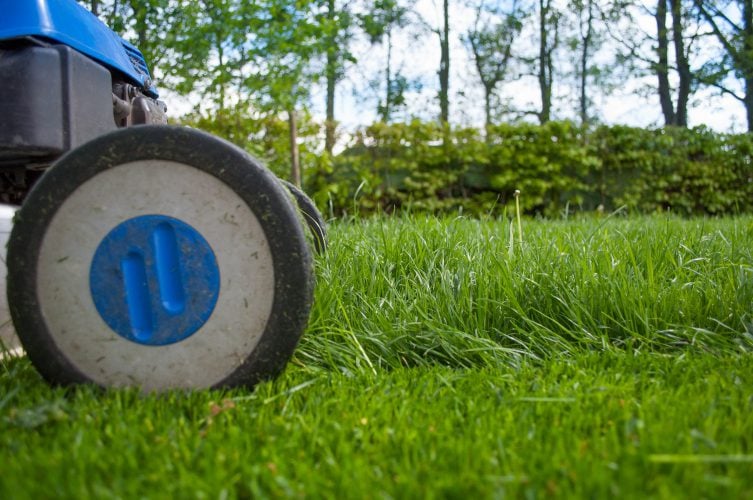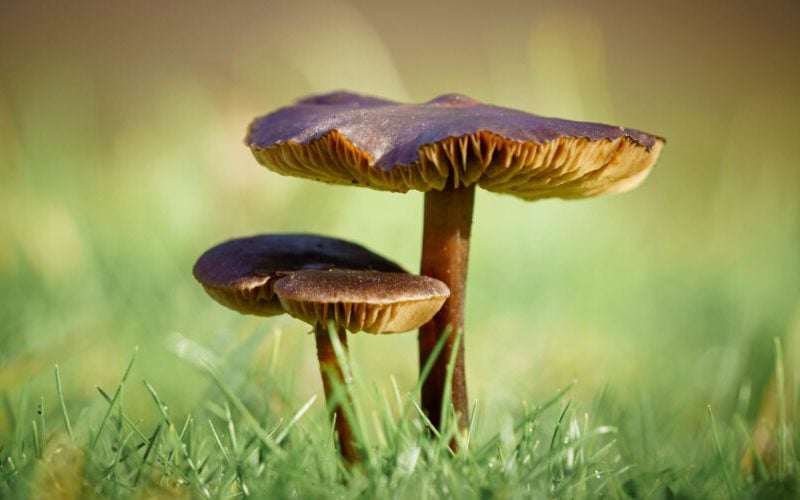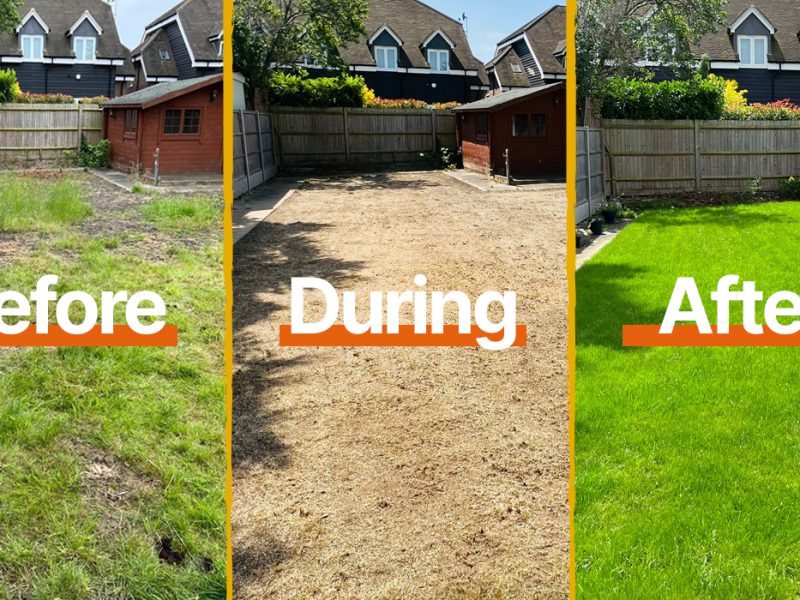As we approach the spring equinox and the days grow longer, the whole world seems to wake up a little. Increased sunshine causes our bodies to produce more vitamin D which in turn gives us all an energy boost and a little spring in our step.
This is also when our lawns start to work double-time — with grass growth and recovery rates dramatically increasing. This means you may need to adapt your mowing regime to keep your lawn looking its best! Here’s what you need to know about spring mowing:
Increase frequency
Regular visitors to the blog will know that at Greensleeves we’re huge proponents of winter mowing. Contrary to popular belief the occasional mow during dry and mild periods of the winter is good for your lawn.
Now as your lawn’s growth rate begins to increase, you may find you need to start cutting the grass 1-2 times a week in order to keep it looking neat. If you’re new to the blog, or simply didn’t believe what we had to say about winter mowing, you may be gearing up for your very first cut of the year. In this case, you need to be careful to try and minimise the amount of damage caused by this first mow… which brings us neatly on to the next point.
Work your way down slowly
Each blade of grass contains nutrients that keep it healthy, so when you cut the grass some of those nutrients are cut away along with the excess organic matter. For this reason, you should never cut more than a third of the length off in any one mow, or the lost nutrients will cause your lawn to yellow and look lifeless.
So while the temptation might be there to whack the lot off down to your desired length – especially if your lawn is particularly shaggy after a winter recess – you must resist doing this as the damage caused will take a long time to repair. Instead, work your way down slowly taking off a third each time, allowing the lawn at least three days to recover between mows. This will keep your lawn healthy and green.
Avoid wet mowing
Spring is often a particularly wet season in the UK and Ireland, as the jet stream moves north bringing in strong winds and downpours from the Atlantic. While the increased temperature and sunshine means your lawn needs mowing more often, it is really important that you don’t mow when the grass is sodden.
Mowing while wet directly contributes to soil compaction which can lead to water pooling, so you’ll get areas of poor growth and increase the chances of the lawn succumbing to various lawn diseases. Therefore, it is important to wait until you have had a dry couple of days before firing up the mower.
It’s also better to avoid mowing too early in the morning when dew is still on the grass, which will also make you more popular with your neighbours!
Start raking
It’s not the most riveting of chores but giving your lawn a gentle rake after each mow will help to reduce the amount of thatch that develops over the year, meaning you might not need to have it scarified as often.
Looking for more lawn care advice?
Check out our lawn care calendar which breaks down what you should be doing each month to keep your lawn healthy.





